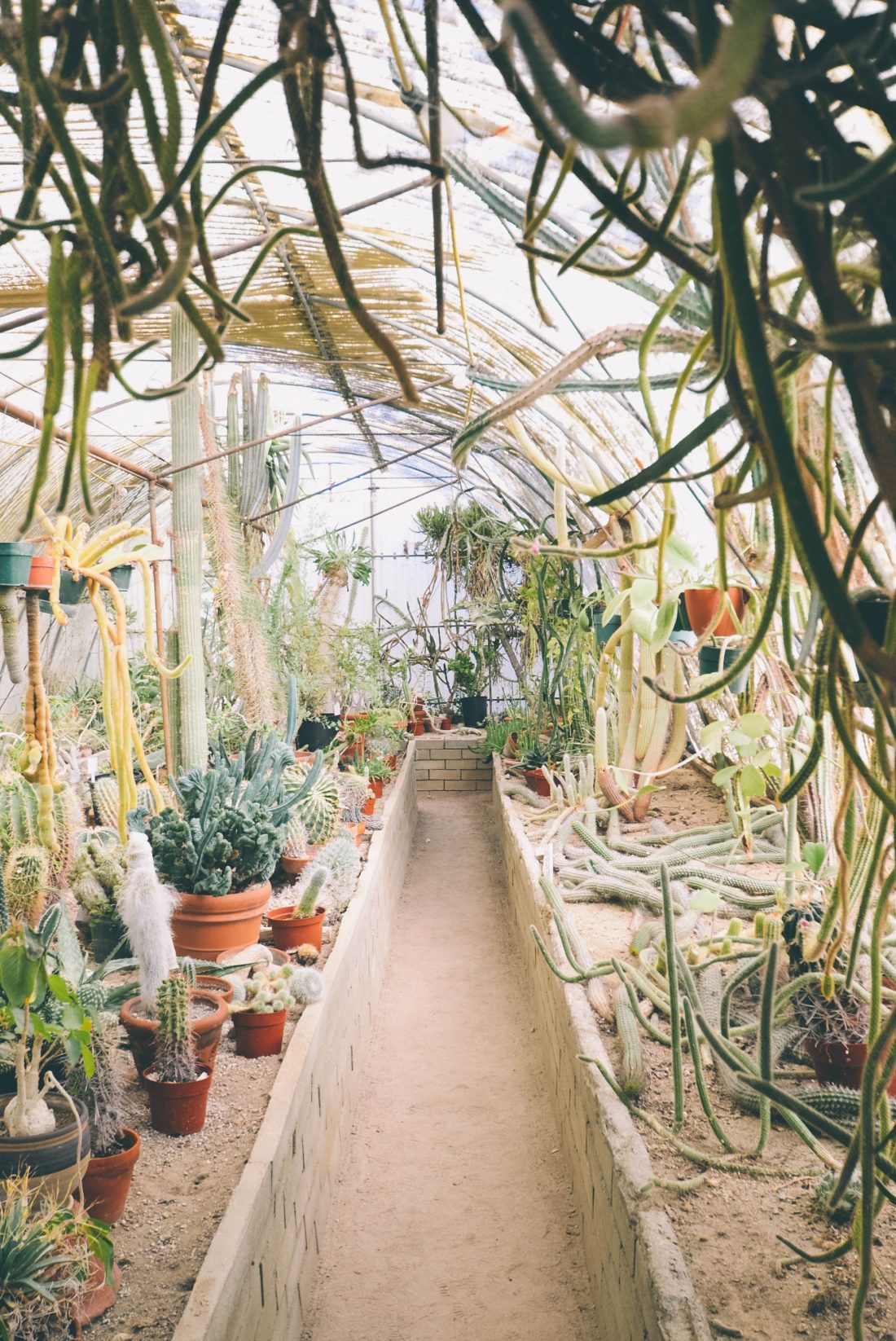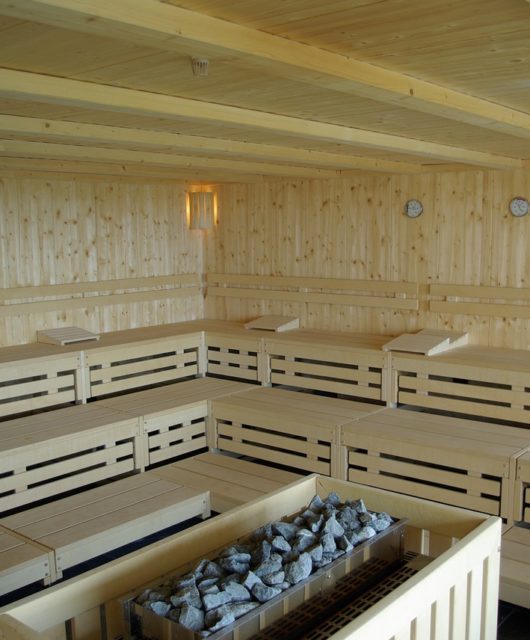6 Simple Rules for Designing a DIY Home Garden
 Are you new to gardening? Or, have you had little success using your green thumb? An unsuccessful garden that produces nothing but weeds can be incredibly frustrating. Make the most of your efforts by following these simple rules.
Are you new to gardening? Or, have you had little success using your green thumb? An unsuccessful garden that produces nothing but weeds can be incredibly frustrating. Make the most of your efforts by following these simple rules.
Plants with the Same Maintenance Needs Go Together
You should plant species that need good draining together in a spot that will drain easily. On the other hand, keep these plants away from others that need moist soil. If you do not follow this rule, your garden will experience come casualties, or, at least very least, you will create more work for yourself as you try to please your plants. Groupings will come naturally when you pick plants that are ideal for your location.
Before Planting, Prepare the Soil
Planting in unprepared soil is common among home gardeners. Crumbly soil that lets roots grow freely, holds water, drains adequately, and provides plenty of nutrients will do more to promote the longevity and health of your garden than anything else. Most soils are not naturally like this. You will have to perform preparatory work, such as rototilling compacted soil or adding lots of compost, if your soil is like most.
Create a Cohesive Plan
No one wants to have to rip out their landscape and redo it. Therefore, you can enjoy your landscape for longer when you do it right the first time. Before you turn a shovelful of soil, get a satisfactory design for your whole property. Even if your plan will come to fruition over the course of years, come up with a pragmatic framework to start.
Never Add New Mulch to Old
Unless it is so decomposed it is hard to distinguish from the soil, be sure to remove all old organic mulch before you replace it with new. The bottom layer has a tougher time decomposing when you put new mulch over the old stuff. This will prevent water penetration and cause plants to literally suffocate. There are many different types of mulch out there, so it is a good idea to learn more about how to mulch to see what type best suits your garden’s needs.
Water Is Life
Instead of infrequent drenchings alternating with droughts, most garden plants want their soil moisture to remain constant. When establishing new plantings, regular soil moisture is especially crucial. Use an outdoor water fountain as well as a simple irrigation system to make the job easy.
Have a Maintenance Schedule
Much like all living things, plants want your love. On the other hand, you will do lasting damage to your landscape when you neglect garden and lawn maintenance. Consequently, you should have a regular schedule for pruning, watering, fertilizing, and weeding your garden.









